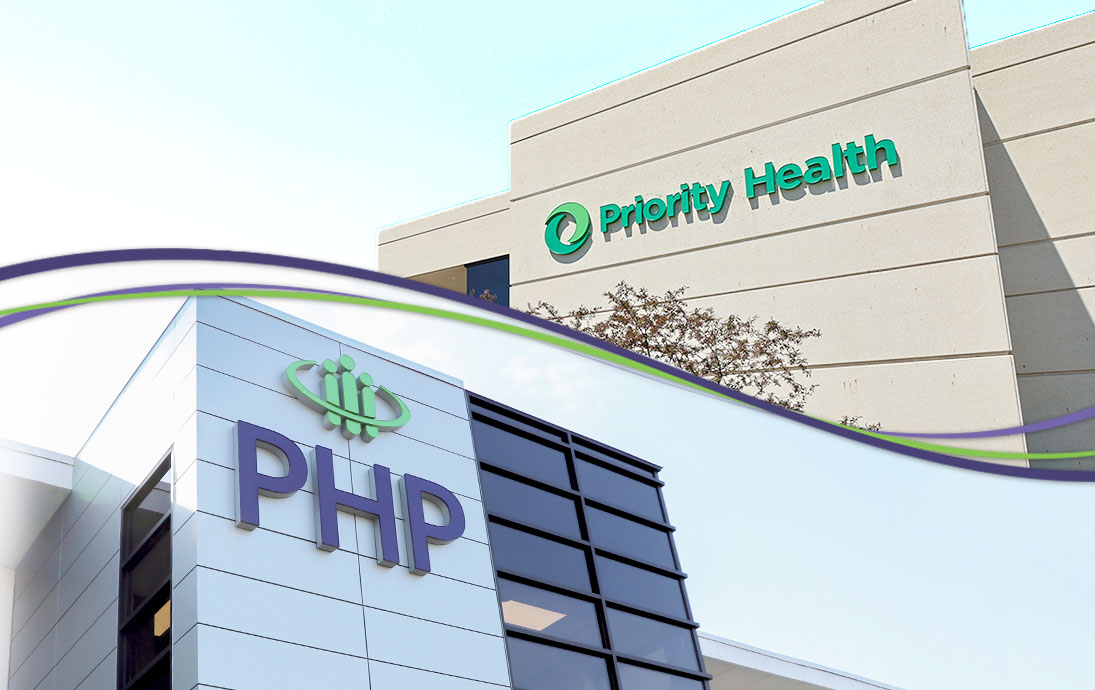
From the PHP Team
How to Create a Successful Employee Volunteer Program

Health & Wellness
A Happy—and Stressful—Holiday Season

Health & Wellness
Read to Sleep

Industry News, From the PHP Team
Differences Between Primary Care, Urgent Care, and the ER

Media Release
Priority Health and Physicians Health Plan of Northern Indiana complete acquisition to foster innovation and improve access to care

Industry News, From the PHP Team
You May Be Paying Too Much for Prescriptions

Health & Wellness
Physical Activity Pyramid

Health & Wellness